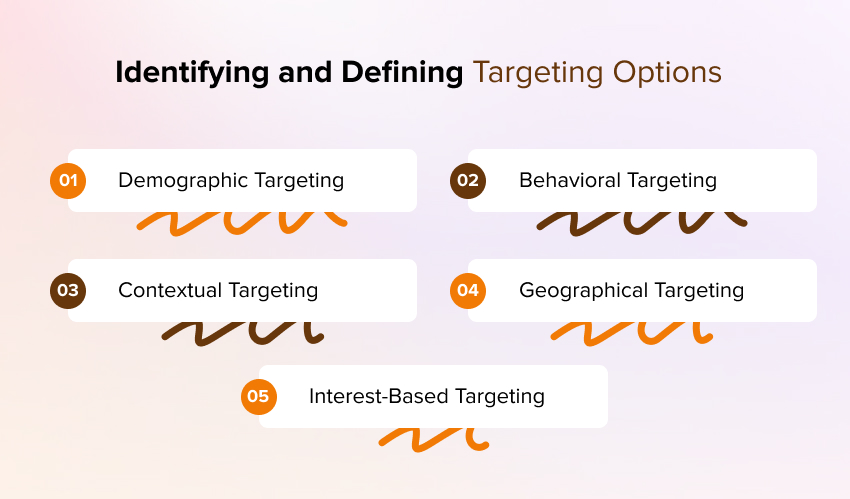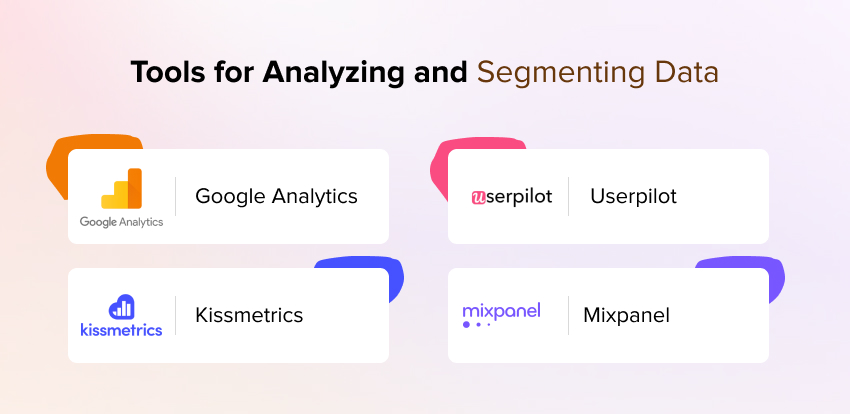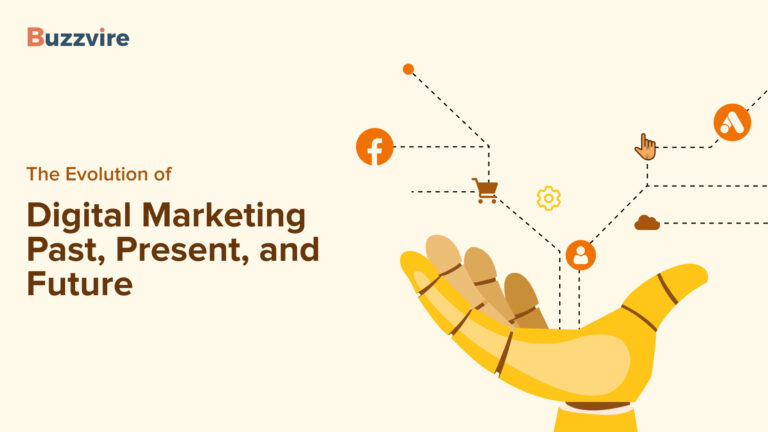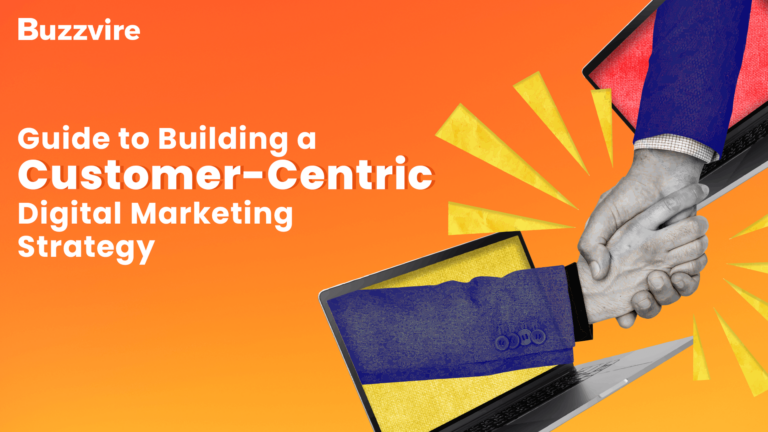
In today’s times, customers have significant control over the purchase process; therefore, to stand out from competing brands and advertisements, marketers must provide consumers with highly tailored and individualized interactions. Marketers may choose the most appropriate medium, messages, and timing for their campaigns if they have a complete picture of their ideal audience. Let’s delve deeper into the definition of a target audience and how to identify them for the benefit of your business.
What Does Target Audience Refer To?
Businesses need to direct advertisements to the subset of the population who will most likely benefit from them; this is termed as the target audience. Age, gender, income, geography, hobbies, and other criteria are essential to narrow down a campaign’s intended demographic.
The Importance of Identifying Your Ideal Audience
Your product’s specialty or broad appeal will determine who you focus on marketing to. For instance, if you were a watch retailer, your demographic would be diverse because of the product’s widespread use across all age groups. However, high-tech smartwatches are your specialty. In that case, you may narrow your focus to a specific demographic, such as wealthy individuals aged 20–40 interested in technology and leading a swankier lifestyle. Either way, you’ll need to identify your audience’s unique characteristics and divide them into subgroups to craft compelling messages and reach them via their preferred channels.
How to Create the Profile of Your Perfect Customer

Once you fully grasp the similarities shared by your current and potential clientele, you can develop your ideal customer profile. Firmographics such as business size, industry, location, and purchasers’ priorities and obstacles should all be included. Here are the broad measures you should take:
Focus on the Most Important Features of Your Customers
It is helpful to first identify the critical characteristics of your target clientele that will serve as the basis for your profile. You may create a unique buyer persona for your target audience by analyzing their demographic (e.g., age, location) and psychographic (e.g., lifestyle, hobbies) traits. Also, there is always a way to reach your target audience with a persuasive, tailored message by drawing on the information these traits provide about your target market’s behavior and interests.
Figure Out Their Issues and Objectives
Knowing your consumers’ challenges and motivations is crucial when developing a buyer persona. You can increase the likelihood that they will use your product or service if you know these details and use that information to craft a message tailored to their specific requirements. Financial difficulties, time limits, energy drains, and emotional difficulties are all potential sources of discomfort. Knowing what people need and how to provide it to them quickly and efficiently should be your priority.
Gather Data Through Market Research
Once you have a clear picture of who you want to sell to, you can go on to the next step: market research. Surveys, in-depth interviews, and focus groups are all viable options for this study. By analyzing the information gathered from these efforts, you will better understand your clients’ habits and preferences, which will allow you to craft a more compelling product message.
Determine the most important subsets of your target audience
Customers’ responses to your research should help you identify key customer segments representing your target market. These segments comprise demographics like age, occupation, geographic location, etc. Create a more targeted and compelling message if you can locate your most probable customers.
Build a Customer Profile for Each Niche Market
When developing your ideal customer profile, consider each group as a different shopping persona or avatar. You can contain demographic data such as age, gender, and location in your description of this persona.
Also, learn more about your customers by observing how they talk about the items and services available in your market and what motivates them to buy from you. More granular information about your target consumer allows you to tailor your communications and offerings to them effectively.
Importance of Creating Customer Personas
It’s a practical step for every company, no matter how big or little, to develop a consumer persona. You can also learn more about your customers to help with anything from marketing and sales to service and new product development.
With this common ground, you’ll be better able to pinpoint issues needing attention, formulate well-informed strategies for drawing in and retaining consumers, and settle on more fruitful approaches to content creation, product development, and communication. Through this, you can also arrive at the best practices for identifying and targeting your ideal audience.
Techniques for Developing Customer Personas

Communicating with the right people is one of your toughest challenges as a marketer. In reality, digital marketing primarily focuses on targeting the appropriate audience with the intended message. And to accomplish it, you need to understand how to communicate with your intended audience.
Determine Who You’re Talking To
Identifying your intended audience is the first step in effectively communicating with them. And to do that, you need to know who you’re selling to.
A customer persona will help you achieve this goal. A client persona is a fictionalized portrayal of your ideal customer.
To better understand your target audience, you compile a list of demographic and psychographic characteristics and interests.
Make Content That Is Both Useful and Relevant
The most foolproof approach to connecting with your audience is to give them something they can utilize. One particular technique to get readers’ attention is writing about something that piques their interest.
You can easily find and connect with your ideal customers with better segmentation and more relevant content.
Lead and conversion generation is greatly aided by content marketing. It has several applications depending on the outcomes you’re seeking.
Utilize Opinion Leaders
In recent years, influencer marketing has exploded in popularity among digital marketers. Social media influencers may help you reach your desired audience more efficiently. Partnership marketing is enlisting influential people to spread the word about your product.
Make Use of Niche Marketing
Targeted advertising is a more efficient way to contact your audience. Advertisements on Google, other platforms, and social media let you hone in on a specific demographic using sophisticated targeting mechanisms. Ads may be tailored to a particular audience by considering their demographics, geographic location, and interests.
Use Hashtags to Find Your Desired Social Media Followers
Social media sites are becoming more important for targeting certain demographics as more and more people spend time there. But if you want to reach out to users who might be interested in your business, utilizing hashtags can make a significant difference. Besides, using relevant and industry-specific hashtags widens the exposure of your social media posts.
Targeting options identification and definition

Ad campaigns may use a wide variety of targeting methods. However, you need to see the technology in action on the front end. Tactical campaign planning requires familiarity with each essential kind of targeting.
1. Demographic Targeting
Demographic targeting, in which demographic data is used to personalize internet advertisements, is powerful behavioral advertising. Advertisers may create a complete picture of their ideal customer by combining their data with publicly available information, such as browser histories and demographic statistics from consumer profiles.
With this in mind, advertisers may narrow their focus and tailor their campaigns to reach as many people in their target demographic as possible.
2. Behavioral Targeting
For behavioral targeting, you may use customers’ online activities (e.g., sites seen, searches made, links clicked, and purchases made).
Furthermore, add data from mobile devices and brick-and-mortar stores, and you can factor in things like where you go and what you buy. Advertisers may then use this information to target visitors with advertising and content that are more likely to be of interest to them based on their previous actions and claims. Also, Ad retargeting is often used as an illustration of behavioral targeting.
3. Contextual Targeting
Ads are contextually targeted when they match the page they are shown on. Consider the relevance of advertising cookware on a food blog or sneakers on a running message board.
It’s analogous to taking out an ad in a specialty magazine, except in digital form. The idea behind contextual targeting is that if a user reads content related to running, they are more likely to be interested in your shoe ad.
4. Geographical Targeting
Advertisers may control where their adverts appear using a technique called geotargeting. Marketers may target specific audiences with tailored ad copy. In local marketing, this is a common tactic.
Interest-Based Targeting
By analyzing a person’s interests, likes, and life events, interest targeting may place your ad in front of the right people at the right time. To employ interest targeting, you must first choose interests relevant to the promoted ad.
Using Analytics and Data to Segment Your Target Market
Marketers with data analytics have a leg up in today’s information-rich environment. Marketers can better segment their customers, improve their efforts, and help to maximize ROI thanks to data-driven decision-making.
Methods of Audience Segmentation Data Collection
Marketing data segmentation has a lot of wiggle room. Your company’s success depends on the kind and purpose for which you employ audience data.
- Customer Profiling
The method with the fewest steps is customer profiling. Building a realistic picture of your ideal client requires extensive use of demographic and behavioral data. It runs the most basic information about the target via analytical and operational profiling, such as their age, gender, location, income, and so on.
- Methods of Prediction
The second method assesses the results of several potential decision-making situations over a certain period and links many layers of data points that already reflect a behavioral pattern.
- Customers’ Orientation Vector
This data segmentation method encourages a comprehensive coverage of the customer’s experience with the company’s goods and services by consolidating data from various client acquisition channels.
- Promotion Based on Past Events
This segmentation method entails examining the causes and impacts of critical times inside a sales funnel, aiming to manipulate those moments in a favorable direction.
Tools for Data Analysis and Segmentation

- Google Analytics: It is the most widely used platform for analyzing and segmenting audiences. It’s free and provides access to a plethora of client records for analysis.
- Userpilot: Userpilot’s sophisticated segmentation features take product data and other factors into account. With this app, you may divide your users into several segments depending on their in-app actions.
- Kissmetrics: This software integrates statistics for both products and marketing campaigns, allowing you to monitor consumer engagement with both in one spot. This information helps determine which problems need fixing first and for fine-tuning advertising strategies.
- Mixpanel: Another event-based product analytics solution that may be used to track and analyze data about customer requirements, wants, and satisfaction at every stage of the customer lifecycle.
Best Practices for Effective Audience Targeting

Any successful marketing effort relies heavily on accurate demographic targeting. Targeting your message to the right people is easy if you follow these guidelines.
Consider Your Target Market
It would be best if you first familiarize yourself with your intended audience’s demographics, interests, behavior, and preferences. Doing market research, evaluating consumer data, and utilizing tools like surveys and analytics to learn more about your customers is essential.
Define Your Goals For The Campaign
Set precise goals for the campaign. Moreover, clear objectives can help you fine-tune your targeting approach, whether your end aim is generating leads, boosting sales, or raising brand recognition.
Put Your Technique of Target Segment Through its Paces
A/B testing may help you fine-tune your targeted approach. Divide your target audience into smaller subsets so you may experiment with various targeting settings and determine which one works best. Maintain constant vigilance and use the data you collect to fine-tune your efforts.
Use Relevant Ad Formats
Pick ad types that will really hit home with your demographic. Think about where they spend most of their time online (e.g., social media, search engines, newsletters) and design advertising that will grab their attention there.
Optimize Landing Pages for Your Target Audience
Once your target audience visits your website or landing pages, you must tailor your content to their preferences. Please ensure everything from the ads to the content to the user experience is exactly how they would expect it to be.
Refining and Adjusting Your Audience Targeting Strategy

Adapting Your Approach Based on Past Results
It is essential to analyze campaign metrics and performance data regularly. Click-through rates, conversion percentages, and user engagement are just a few KPIs that should be explored. Seek patterns that point to effective targeting, and utilize that information to hone your approach.
Tailoring Your Object of Interest
Make changes to your targeting choices based on the insights from performance data. Target the most receptive parts of your audience by refining your demographic, interest, and behavior factors. You may improve the efficiency of your targeting using this information.
Probing and Trying Out Novel Methods
Maintain a constant cycle of experimentation and testing of novel approaches to targeting. It would help to look at different demographics, channels, and ad types to reach more people and take advantage of more possibilities. In addition, A/B testing may be beneficial to compare and optimize your targeting strategy.
FAQs
Successful advertising relies heavily on reaching the right people with the appropriate message at the right time and places to get the highest possible return on investment (ROI).
Market research, consumer demographics and psychographics, customer surveys and feedback, social media insights, and website analytics are some tools you can use to zero in on your target audience.
Customer personas are fictional representations of your ideal clients that may help you better understand your target market. You may cater your marketing techniques to their requirements and preferences with the help of the information provided, which includes things like demographics, habits, objectives, and obstacles.
Customer databases, CRM systems, website analytics, social media insights, market research studies, industry surveys, and third-party data providers are all familiar places to get information about your desired audience.
Audience segmentation splits your target market into subsets defined by demographics, interests, and purchasing patterns. By dividing your audience this way, you can tailor your marketing efforts to each subgroup and ensure that your message reaches the proper individuals.
Ads more likely to connect with their intended audience are those in which the advertiser has shown an in-depth familiarity with the demographic they are trying to reach and an appreciation for the problems they face and the solutions they want.
Factors including audience preferences, behavior, and the nature of the serving platform all play a role in determining the optimal ad type. Ad formats, such as video, display, social media, native, and search, should be considered in light of the preferences and needs of your target audience.




